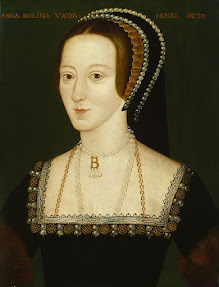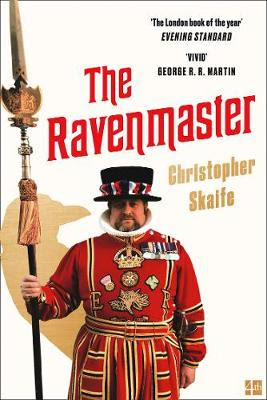Historians on Tour - Beaulieu Palace House
Our Visit
We went to the house after we had been to the Abbey as it is somewhat next door and a short distance away. When walk up the house it it a bit hard to work out when it was built, even thought a house was built there during the 16th century the current house looks more Victorian of not a bit earlier. Obviously due to the Covid restrictions we had to wear a face mask while inside, while keeping to a one way system and social distancing. The house often has people dressed up in the clothes that would have been worn during the time period, this day was no different. We were greeted by the door by the maid of the house, who looked at our tickets and explained how the house was running, like were to start and can take pictures etc. Out of all the places that we have been during the pandemic, this has to be the best place for sticking to the Government guidelines.
We started on the lower floor looking at the the items that the Lord of Montagu had collected and been given during his life. We then followed the system and made our way to the upper floors. All the way upstairs there were some more of the sculptures that were on display around the estate. Some of these ones looked better then the ones at the Abbey, but I'm not one for art. We followed the one way system through all the rooms looking at all the exhibits.My favourite room in any historic house is the library. They are all different and in a way say a lot about the people that used them. My favourite thing to do is to try and look at some of the books on the shelf's to see what I can see and find something interesting. Plus I love looking a old books as find them so fascinating. We carried on walking round and made our way back downstairs into the front room, this contained portraits that I recognised as they were done by Hans Holbein, the court painter to Henry VIII. I will explain a bit more in the history below as to why these are here and who they are of. Our next stop was the dining room, which contained a massive table that could fit 12 people round it. There was a fire place which above it there was a coat of arms with a Latin inscription, which seems to translate to "Seen together in action".
 After the dinning room, to the left was kitchens, I swear that when I last went they were bigger but it must have just been me. Everything was still in place as though it was still a working kitchen from the 1880's. All the pots and pans were still there as well as the bell system that was used by everyone in the house, it just looks as though it could ring at any moment. When you exit the kitchens you go back in to the dining room and this time go to the right of the room. This was a beautiful room that seemed to capture all the light from the sun, I guess that's due to where it has been placed and the stain glass windows that were in some of the windows. We then exited the house that lead us into a little side garden that when looked over the walls can see the village of Beaulieu. When look at this house from what ever side, it is still had to tell what time period the house is from. The chimneys have that element of Tudor about them, but at the same time the rest of house doesn't fit with that.
After the dinning room, to the left was kitchens, I swear that when I last went they were bigger but it must have just been me. Everything was still in place as though it was still a working kitchen from the 1880's. All the pots and pans were still there as well as the bell system that was used by everyone in the house, it just looks as though it could ring at any moment. When you exit the kitchens you go back in to the dining room and this time go to the right of the room. This was a beautiful room that seemed to capture all the light from the sun, I guess that's due to where it has been placed and the stain glass windows that were in some of the windows. We then exited the house that lead us into a little side garden that when looked over the walls can see the village of Beaulieu. When look at this house from what ever side, it is still had to tell what time period the house is from. The chimneys have that element of Tudor about them, but at the same time the rest of house doesn't fit with that. The History
Originally there was no house on the estate of Beaulieu until the 13 century, it was used as the gate house for the Abbey which was still in use and thriving. Once the Dissolution of the Monasteries took place, the land was given to Sir Thomas Wriothesley, 1st Earl of Southampton by Henry VIII seeing as everyone at court seemed to be fighting over the land. He had the Abbey destroyed on the orders of the Government and then converted the gatehouse in to a modern manor house and built on the estate close by. It was rarely used as a primary residence, but as it was handed down became more developed it became a nice little country house.
The house and surrounding land then passed on through marriage to the Montague family, which to this day it is still owned and resided by. During the 19th century that house was added to and extended giving it the current Gothic look that it has today. But it still keeps to a Victorian style on the inside. In August 1613, King James I stayed at the palace and even gave an audience to the Venetian ambassador Antonio Foscarini. The house is owned by descendants of Thomas Wriothesley in the form of the Montague family, it was through them that the house and surrounding estate was opened to the public







Comments
Post a Comment